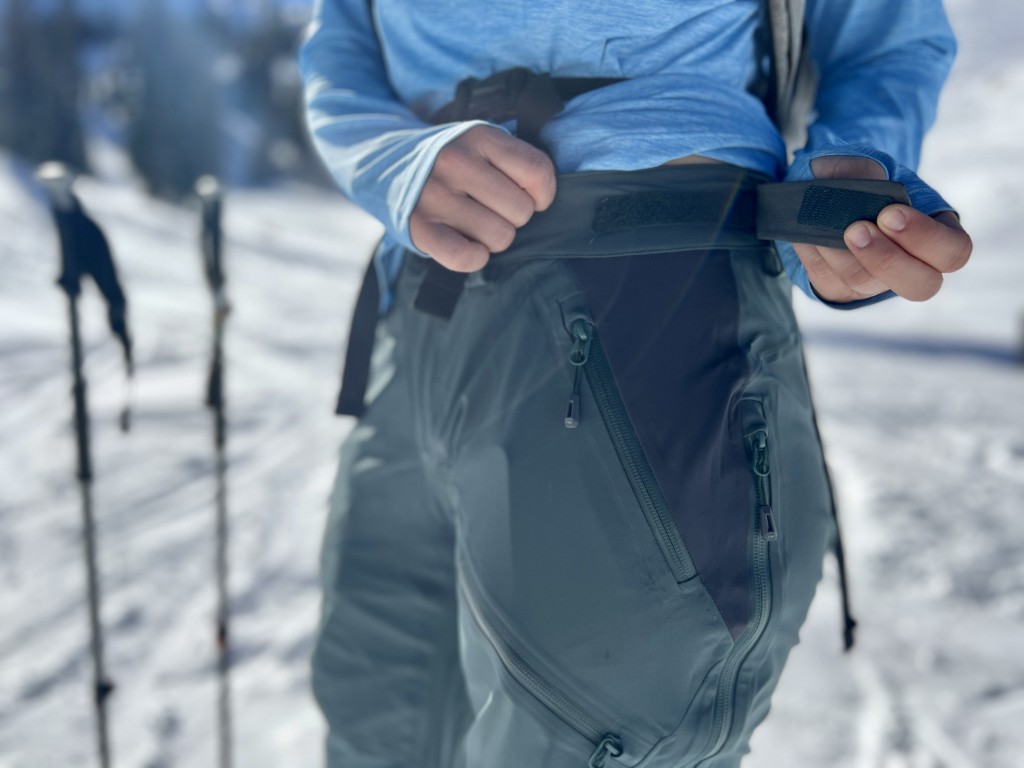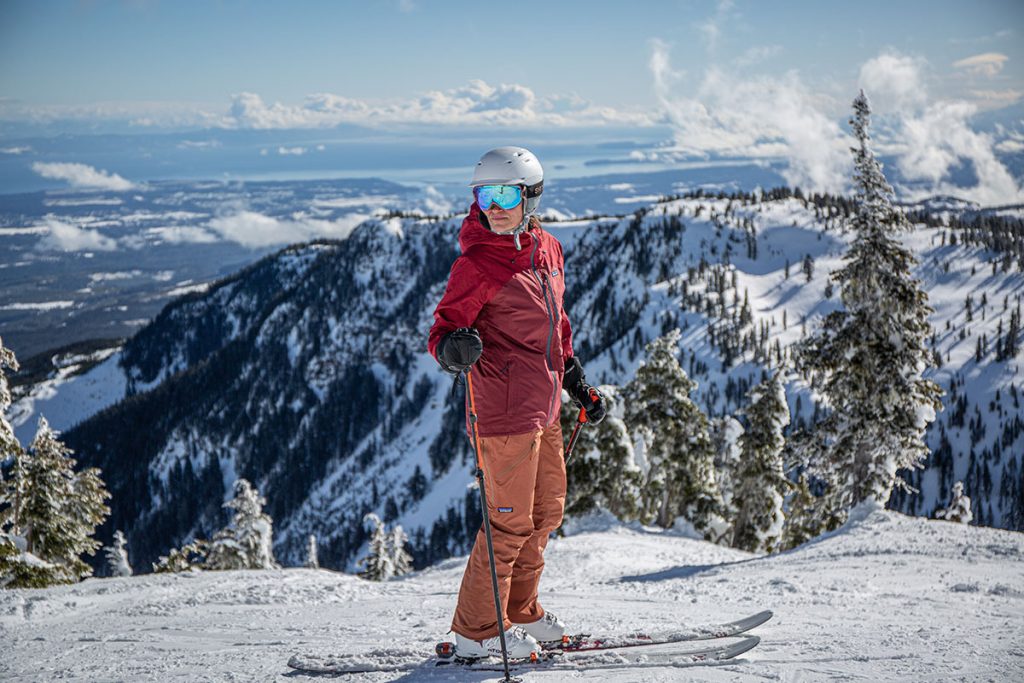When hitting the slopes, having the right ski gear, especially the right pair of pants, is crucial for your comfort, warmth, and performance. The best women’s ski pants should keep you warm and dry, allowing you to enjoy your time on the mountain without worrying about the elements. Whether you’re looking for pants that can withstand slushy conditions, transition from resort to backcountry, or fit within your budget, here’s what you need to know before investing in high-quality ski pants.
Is There a Difference Between Snow Pants and Ski Pants?

Yes, there is a difference. While both types are designed to provide warmth, protection, and flexibility on the slopes, they cater to the specific needs of each sport. Ski pants are typically more streamlined and fitted, reducing wind resistance and accommodating the forward-leaning position of skiing. They often feature reinforced knees and seats for added durability against ski edges and falls. In contrast, snowboard pants usually have a looser fit, allowing for the wider range of motion required for tricks and stunts. These pants often include padding in the tailbone area for extra protection and are made from flexible, durable materials.
When it comes to fabrics, both ski and snowboard pants prioritise waterproofing and breathability, though their approaches differ. Ski pants are often made from hardshell or softshell fabrics, providing rigid protection, while snowboard pants use more flexible, hard-wearing materials. Both types may feature reinforcements in high-wear areas and adjustable cuffs to ensure a secure fit over boots. Ultimately, the choice between ski and snowboard pants depends on the specific demands of each sport and your personal preference.
How to Choose a Ski Pant?

Women’s skiing pants work hard to keep your lower body dry and comfy when pursuing untracked runs and racing the mountain. Therefore, it’s worthwhile to take your time to research the different materials, features, and styles best suited to your skiing style before purchasing your pair of womens ski pants. We’ve outlined some of the most crucial categories for you to consider while deciding.
Waterproofing
Waterproofing is a critical factor when choosing ski pants. If you’re considering high-end fabrics like Gore-Tex or eVent, you won’t need to check a waterproof rating, as these materials are known for their excellent waterproof properties. However, for other fabrics, it’s important to consider the waterproof rating, which indicates the fabric’s resistance to water.
Waterproof ratings typically range from 5,000mm to 20,000mm (5K to 20K), with higher numbers offering better protection. Seam taping also plays a role in waterproofing—choose ski pants with fully taped seams or at least taped critical seams to prevent water from seeping in. Hardshell pants generally offer better waterproofing than softshell options, as they are made from more rigid, water-resistant materials.
The more waterproof and fully taped the pants are, the higher the cost. If you only ski occasionally or in good weather, a less expensive pair with a lower rating may suffice. However, if you frequently ski in wet or adverse conditions, it’s wise to invest in a pair that will reliably keep you dry.
Warmth
The warmth of ski pants is another important consideration. Uninsulated ski pants, which have a lined shell, provide comfort and warmth without bulk. Many skiers prefer to wear multiple layers to stay warm, while others, whose legs don’t get extremely cold, might opt for a thin base layer underneath. The flexibility to adjust layers based on the weather makes shell pants a versatile option.
Unlined pants are often used for backcountry skiing, where breathability and lightness are crucial for long treks in varying weather conditions. These pants are designed to be as light as possible without compromising on breathability.
For added warmth, consider insulated pants, which typically feature low-profile, synthetic insulation. While pants are generally less insulated than jackets (as maintaining core temperature is more critical), insulated pants can provide the extra warmth needed in colder conditions.
Key Features
You don’t need all the bells and whistles when choosing ski pants. It’s only important to consider features that enhance comfort and functionality. Key elements to look for include built-in gaiters, zippered vents, pockets, and jacket-pant connection systems. These features can significantly impact your skiing experience, depending on your preferences and the type of skiing you do.
For example, if you don’t usually wear a backpack while skiing, pants with multiple pockets can be incredibly convenient for storing essentials like your phone. A jacket-pant connection system creates a snow-proof barrier, which is especially useful in deep snow. Built-in gaiters keep snow out of your boots, while zippered vents allow you to regulate temperature during intense activity.
Should You Bib or Not?
Bibs are the way to go if you want the most protection against snow down the back, extra protection from the wind-up front, and comfort without a waistline (ah!). However, they’re typically heavier and more costly than conventional pants, and there’s always the restroom break problem. Ladies, search for models with a zipped drop-seat to make things a little easier if you know you’ll be spending a lot of time in the backcountry or simply don’t want to deal with undressing in a restroom stall.
Various bib styles are available, ranging from simple backcountry designs to ones with numerous pockets resembling overalls. There are additional zipp-off variations, providing maximum flexibility.
Style
Finally, the ski pants you choose should match your style. Fit is going to be the primary factor to take into account when it comes to style. The three general types of fit are thin, regular, and loose, being an excellent place to start when trying to figure out which fit is best for you, even if there are a lot of variables between and even within the fits of different manufacturers.
























